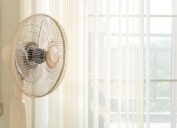17 Ways You're Ruining Your House, According to Electricians
Making these electrical mistakes can put you in danger and do serious damage to your home.
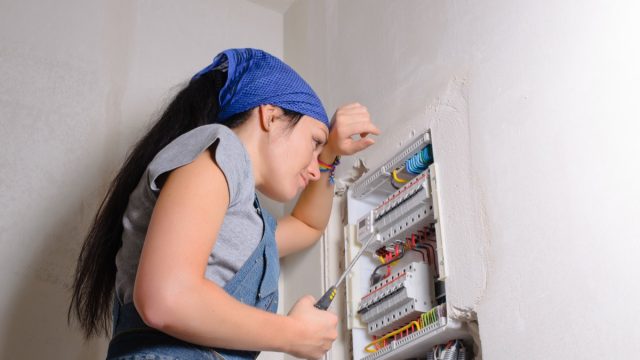
When's the last time you thought about the electrical load your power strip can handle, or checked the wiring in your circuit breaker? If you're like many homeowners, your answer is probably, "well, never." However, if you want to keep your home safe, those are just a couple of the things you need to start considering. Why? Because, according to the Electrical Safety Foundation International, there are approximately 51,000 electrical fires each year resulting in more than 500 deaths and $1.3 billion in property damage. With that, we've gathered all the electrical mistakes that professionals say you need to stop making.
1
Overloading your power strips
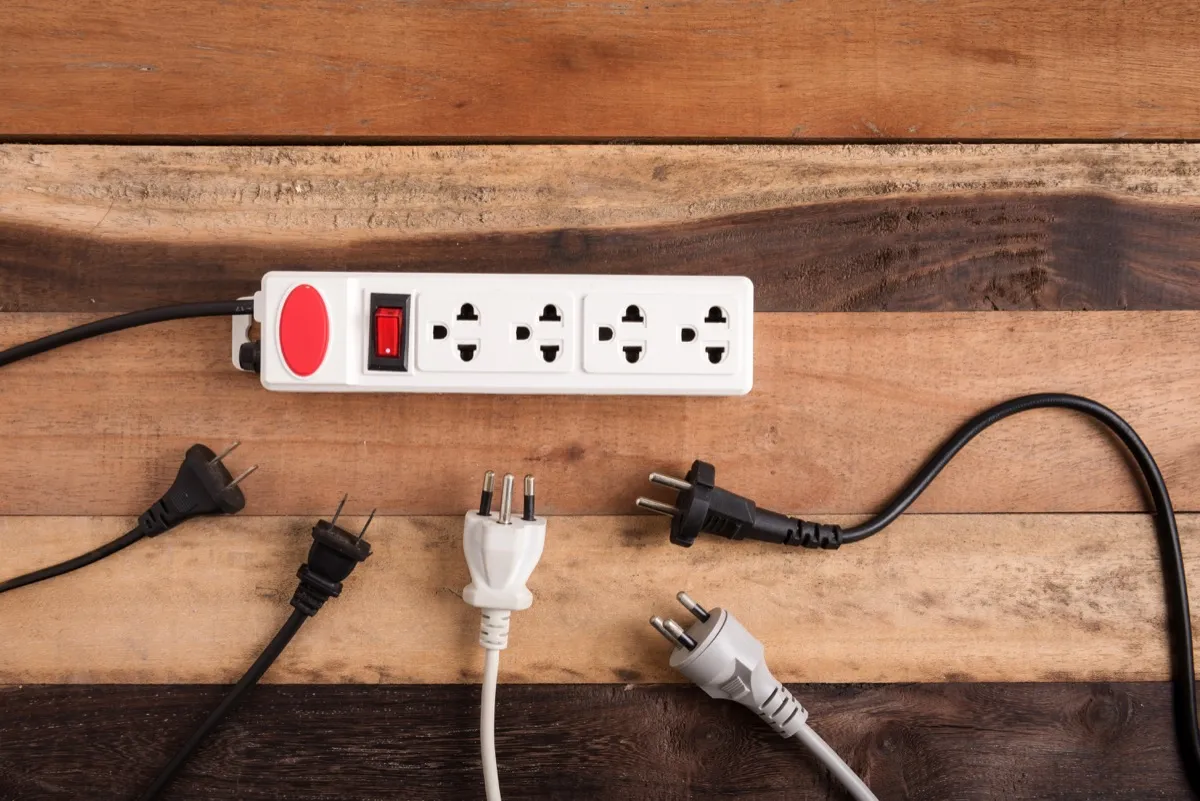
Just because it has room for multiple plugs doesn't necessarily mean your power strip in the living room is equipped to handle all of them being used at the same time.
"This is unsafe because most of these power bars or strips are not designed to carry heavy electrical loads and can cause fires, melted plastic, and other problems," says Darrell Ingeveld, chief executive officer of Brighter Day Electric. Instead, he recommends having additional outlets added to your home to accommodate your electrical needs.
2
Using extension cords with faulty outlets
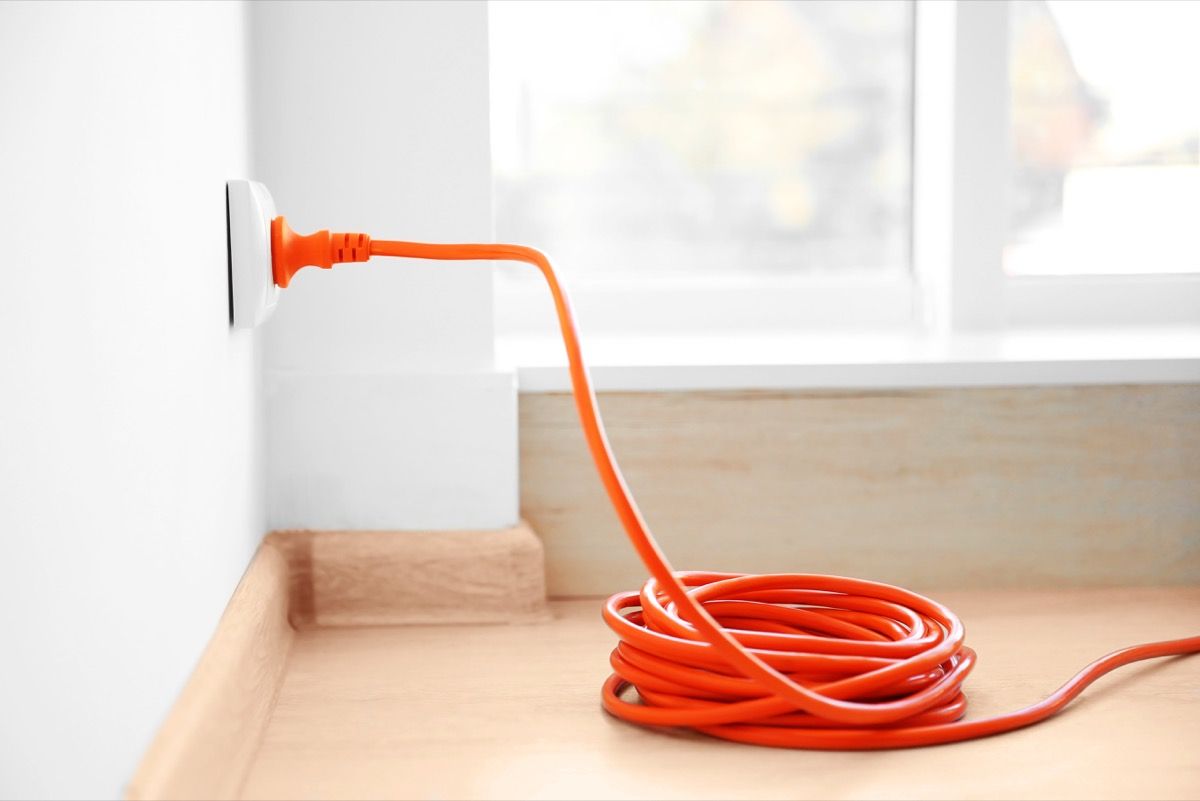
That unreliable outlet is still going to cause problems if all you are doing is plugging an extension chord into it as a way to power appliances without plugging them in directly.
"Most extension cords are rated for devices that consume a low value of current… and are not designed for large current consuming appliances [like] heaters, coffee makers, toaster ovens, toasters, and cappuccino machines," says Ingeveld. Doing so could contribute to your home's fire risk, so have an electrician fix the issue before looking for a workaround.
3
Running an extension cord out a window
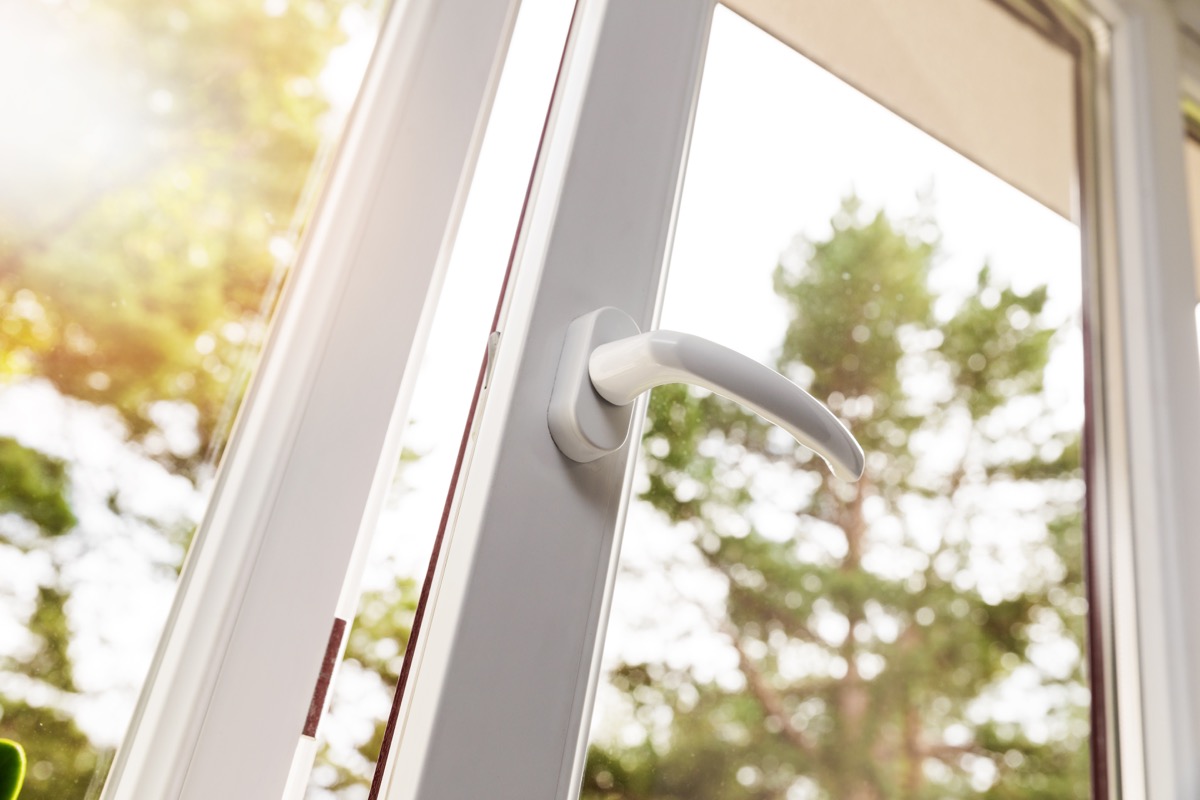
If you don't have an outdoor electrical socket, don't attempt a dangerous workaround when hanging your holiday lights or powering landscaping equipment.
"Never run an extension cord through a window even if it is for temporary use," says Nicholas Fattizzi of Paul Fattizzi Electric. He also notes that this can fray its wires, which creates a fire risk, and that most indoor extension cords aren't rated for outdoor use to begin with.
4
Or using them as a permanent solution
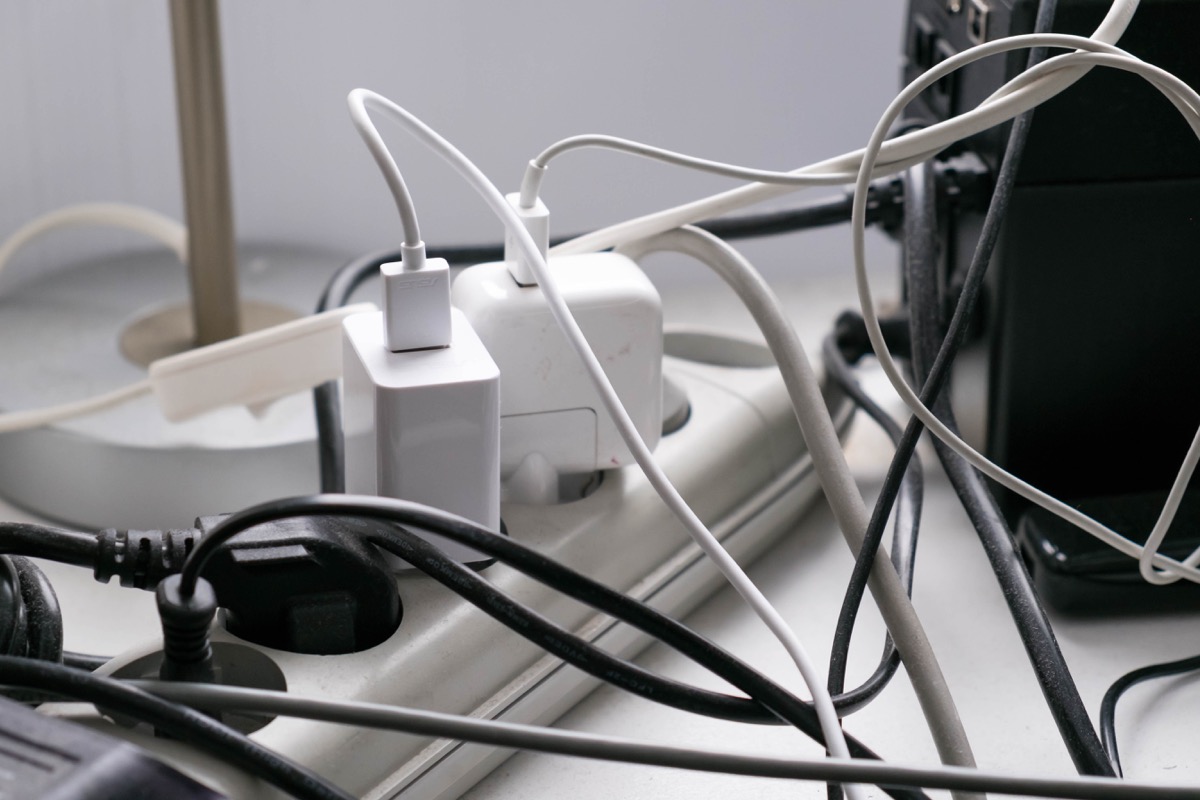
Using extension chords on a long-term basis instead of for specific, finite situations is a major mistake.
"If you have extension cords running throughout your house or apartment, then you are putting your electrical system at risk as well as putting curious children and pets at risk of serious injury or worse," says Fattizzi. Not only do they pose a serious trip hazard, they're a fire risk if used in a careless or lengthy capacity.
5
Plugging one extension cord into another
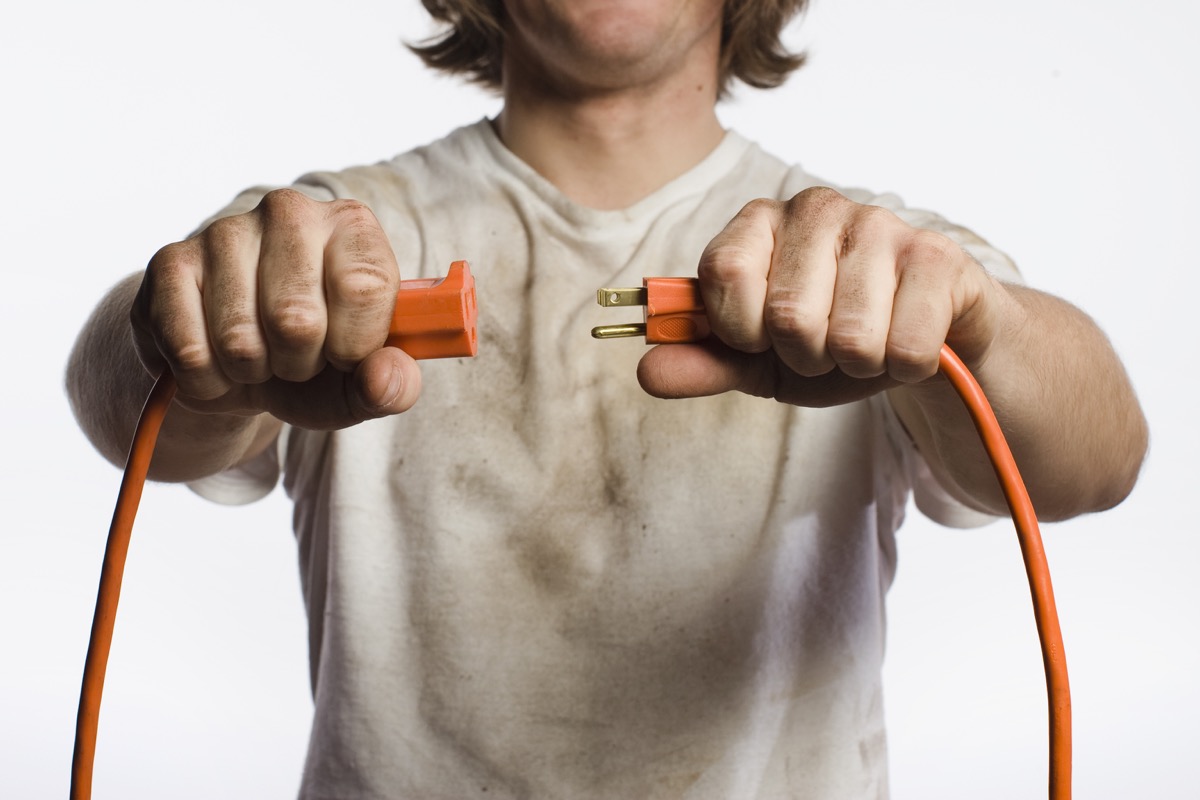
Connecting multiple extension cords together can help you power appliances in areas far from wall outlets—but it's also an unsafe solution.
"With anything to do with electricity, you must use it responsibly and carefully," says David Walter, founder of Electrician Mentor, who notes that that piggybacking extension chords is potential fire hazard. Instead, move your appliances closer to your outlets or have additional ones installed.
6
Installing a bigger circuit breaker as a fix for any problem
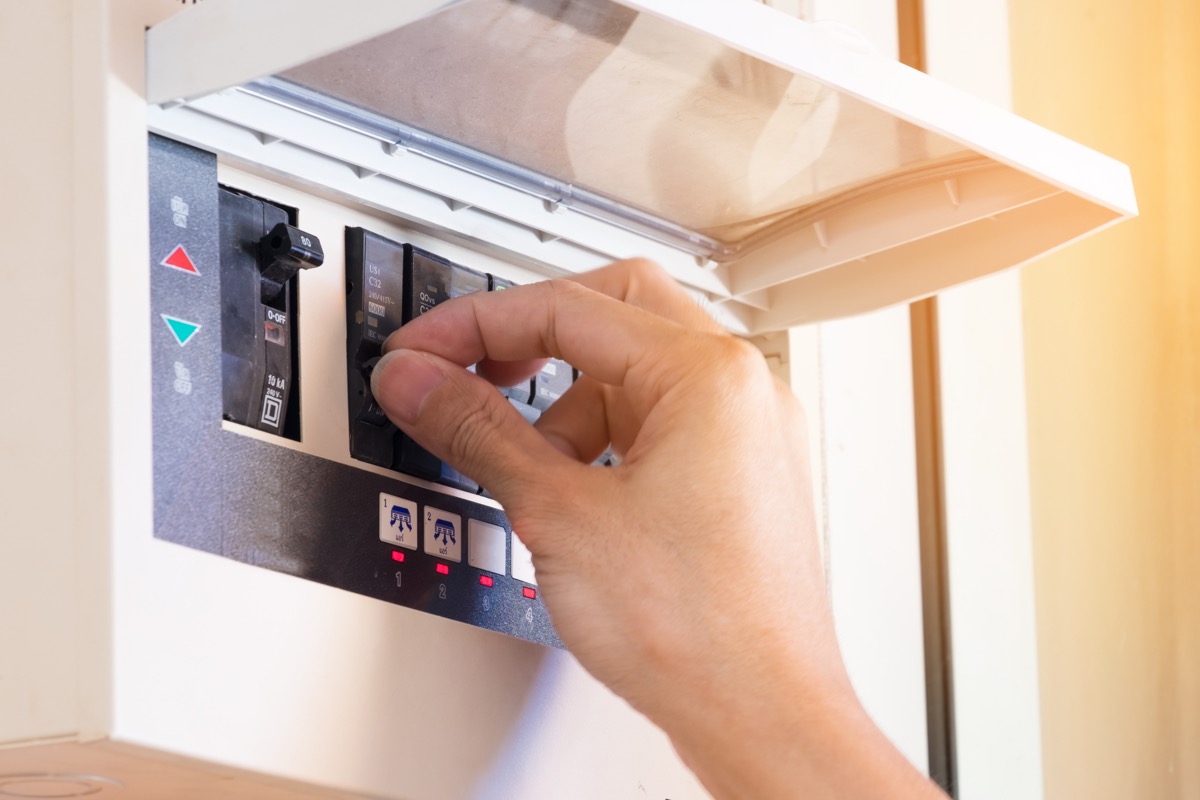
A frequently-tripped circuit breaker isn't something that can be solved by simply swapping it out for a larger electrical panel.
"Putting in a larger breaker can cause the cable to overheat and start to melt the surrounding material," Ingeveld says. Before you do anything, he says, have an electrician diagnose the reason behind the problem.
7
Ignoring the power restrictions of your circuits
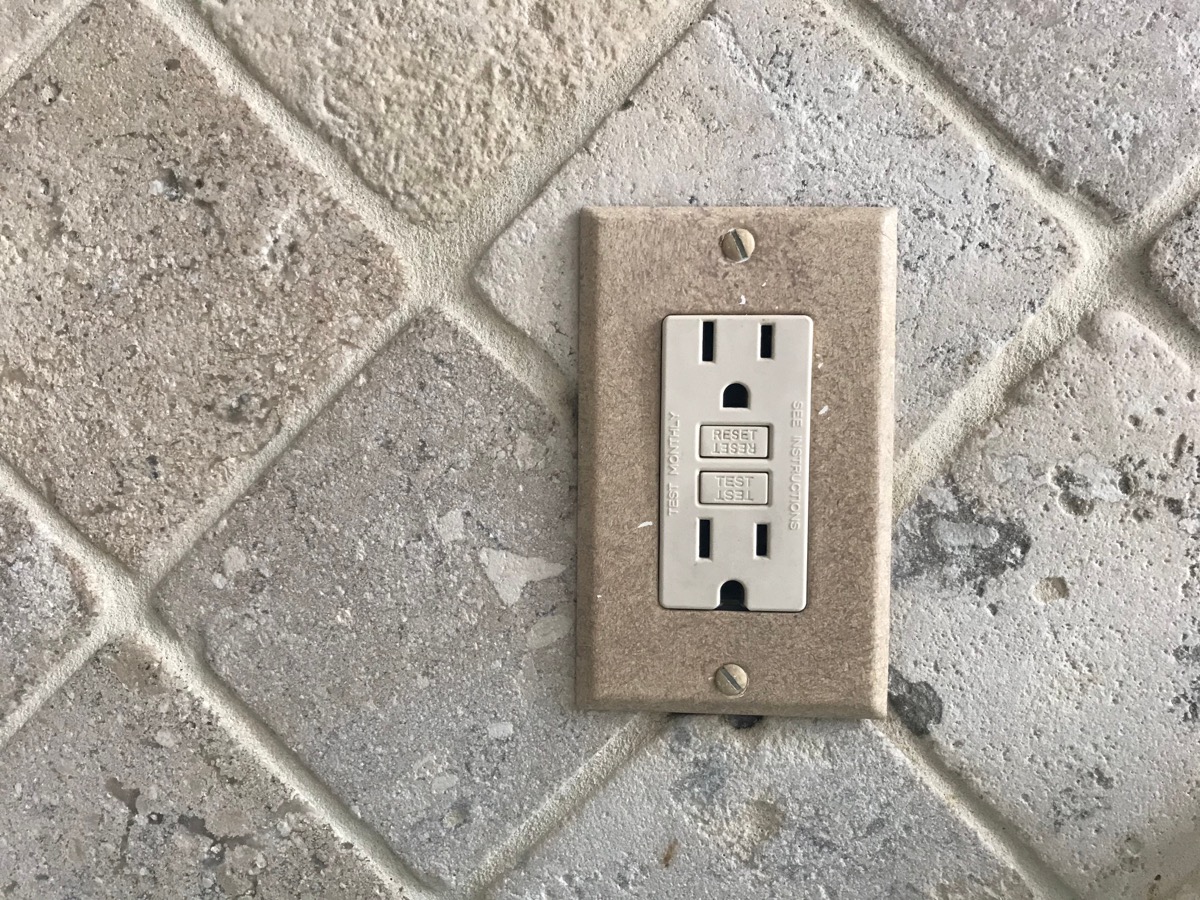
Just because you have five outlets in your bedroom doesn't mean you necessarily have five separate electrical circuits. It pays to know just how many circuits you do have—and what kind of electrical load they can support—before you put yourself in harm's way.
"As a general rule of thumb, you should not exceed 80 percent of [the electrical capacity] of any single circuit," says Fattizzi. However, there's an easy way to avoid this mistake, he says: "Anything that you plug in should have a label on it telling you the amount of power it draws."
8
Not upgrading old wiring throughout your home
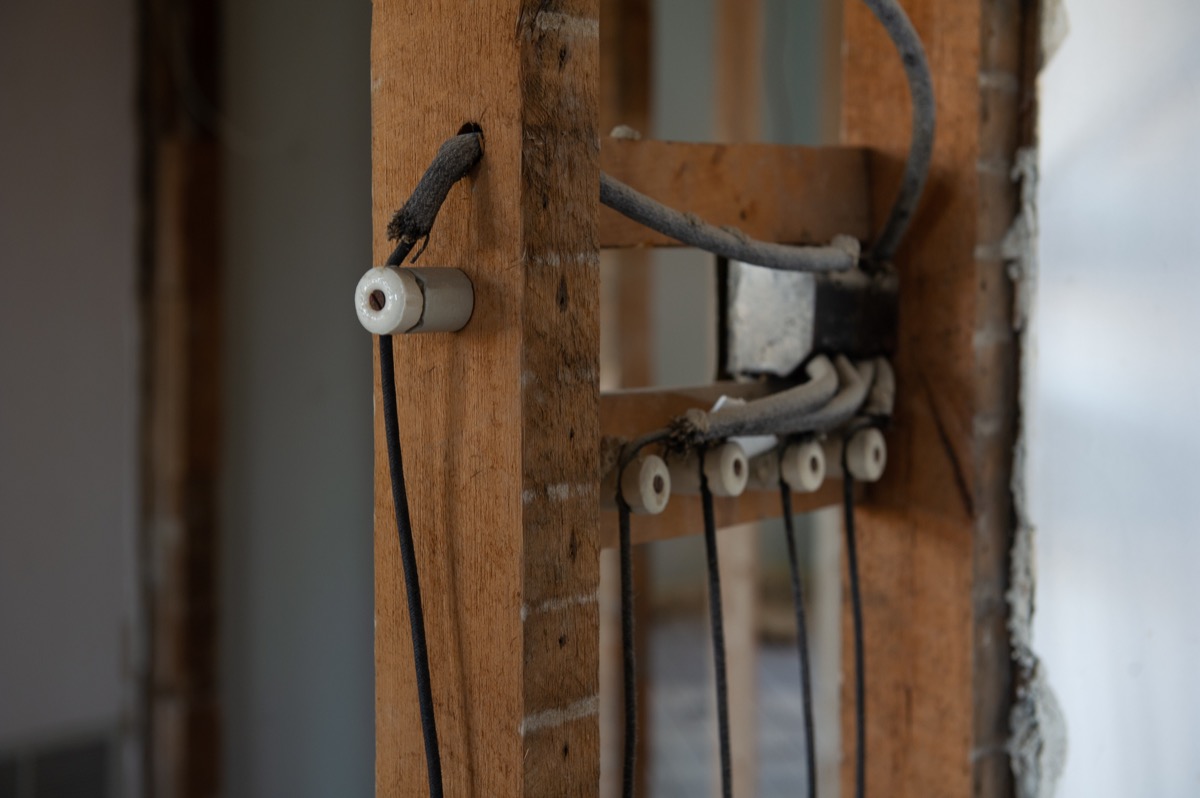
Your home may have been recently remodeled, but what about it's electrical wiring?
"The wiring that was used prior to 30 years ago is very brittle and has sub-par insulation protecting it," says Fattizzi. "After years and years of abuse, the wire is at a much higher risk of failure." What should you do? "If you want to play it safe, have an electrician replace your older wiring and upgrade your electrical service to accommodate your appliances," he says.
9
Plugging anything else into the same circuit that is powering your space heater
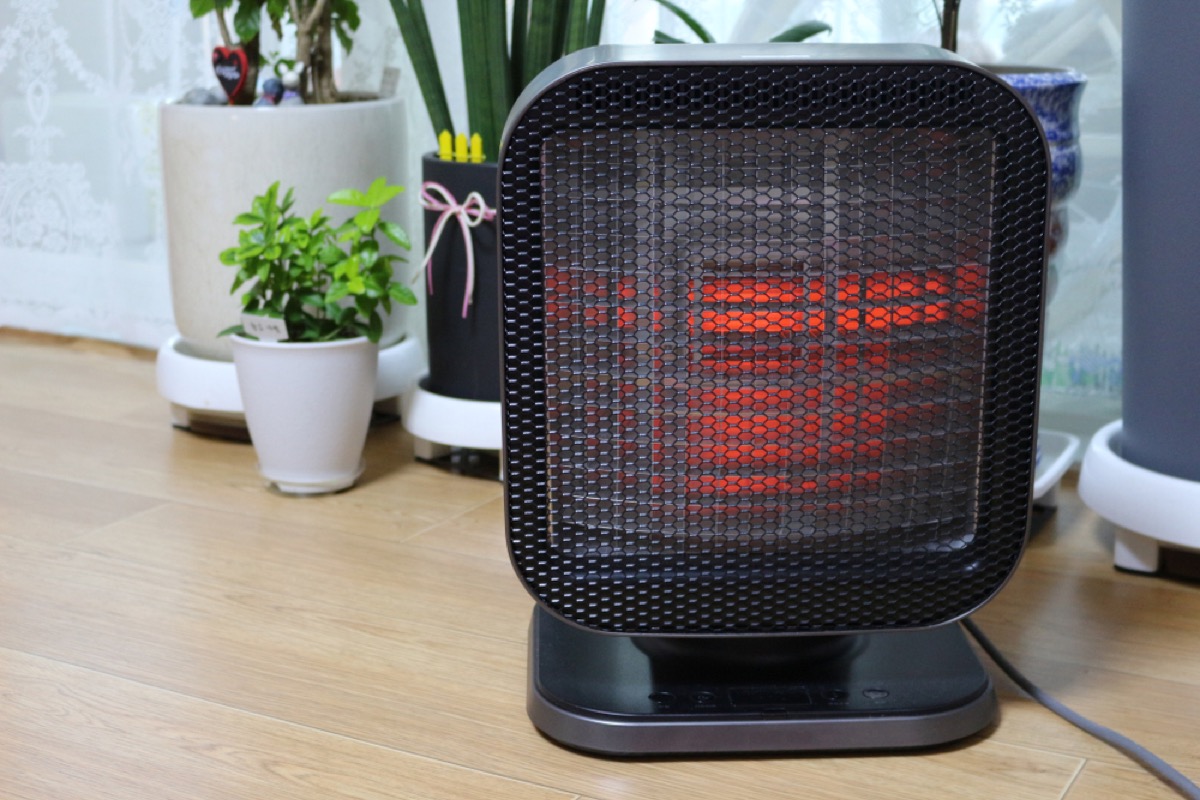
Space heaters draw a huge amount of electricity, so it's best to give them a circuit all their own. "With that single device plugged in, you have a maxed-out circuit and anything else plugged in is overloading it," says Fattizzi.
10
Using adaptors to turn two-prong outlets into three-prong ones
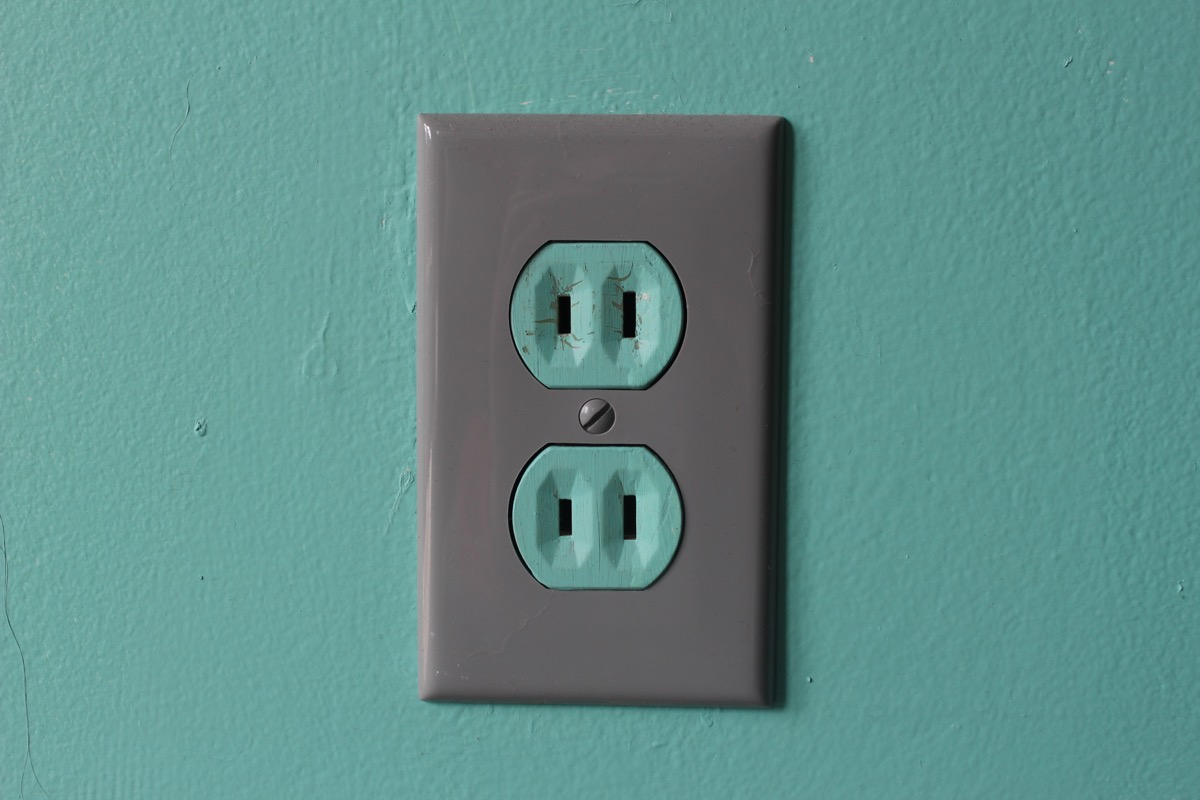
While converters that allow you to insert a three-prong plug into a two-prong outlet do exist, using them can cause more trouble than any level of convenience you got them for in the first place.
"There is a small circular tab on these adapters that are meant to be attached to the metal part of the box in the wall behind it" that most people ignore, explains Fattizzi. Skipping this step means that your outlet isn't grounded, which can present a "very dangerous."
11
Using the wrong light bulbs

Ignoring the wattage on your lamps because you want to avoid having to run out and buy the proper light bulbs just isn't a shortcut worth taking.
"The reason for a maximum bulb size is because of the level of heat that is produced by the bulb," says Fattizzi. "If you overload that socket, the excess heat produced will degrade the insulation on the wiring of the fixture as well as the wiring providing power to that fixture."
12
Attaching a regular plug to aluminum wire
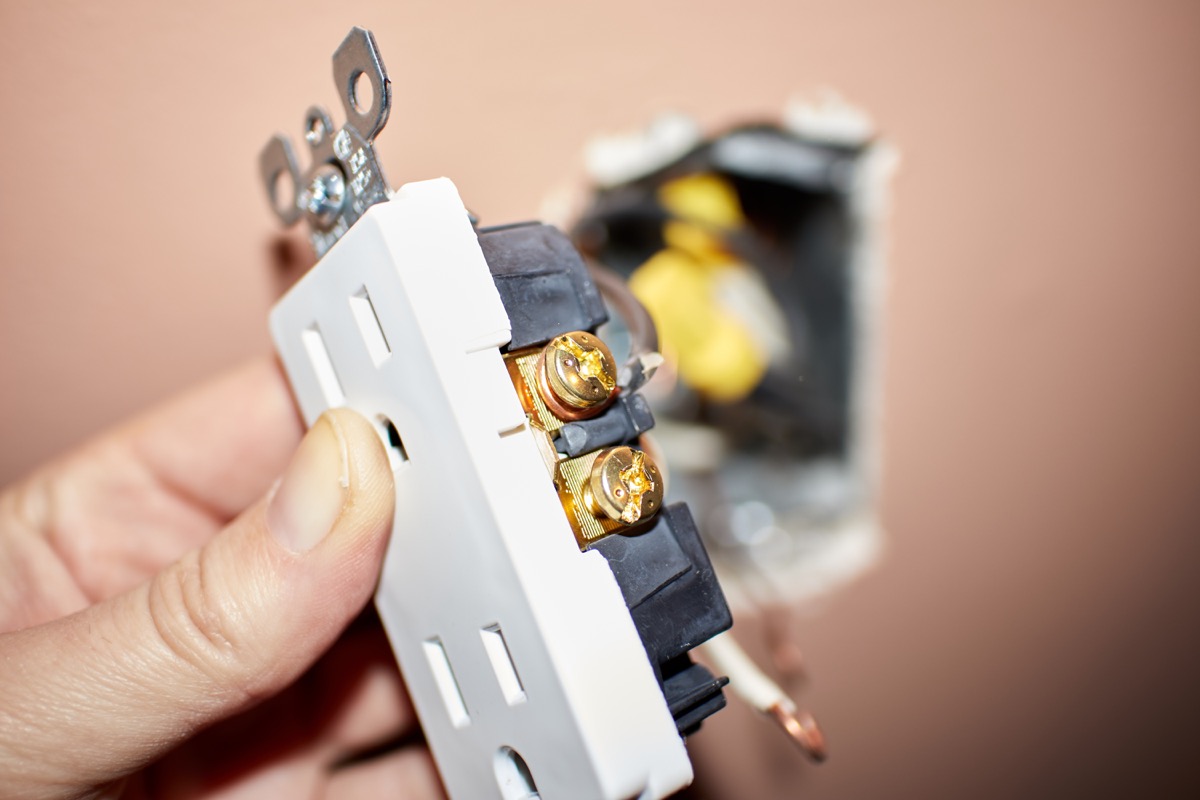
Attaching a traditional electrical plug or switch to an aluminum wire in an older home may seem like an innocuous thing to do, but it's actually surprisingly hazardous.
"Aluminum wire and copper devices expand and contract at different rates, which often causes loose connections and can create heat and cause fire," says Joel Wilson, co-owner of Floodlight Electric, Inc.
13
Covering or nesting electrical cords
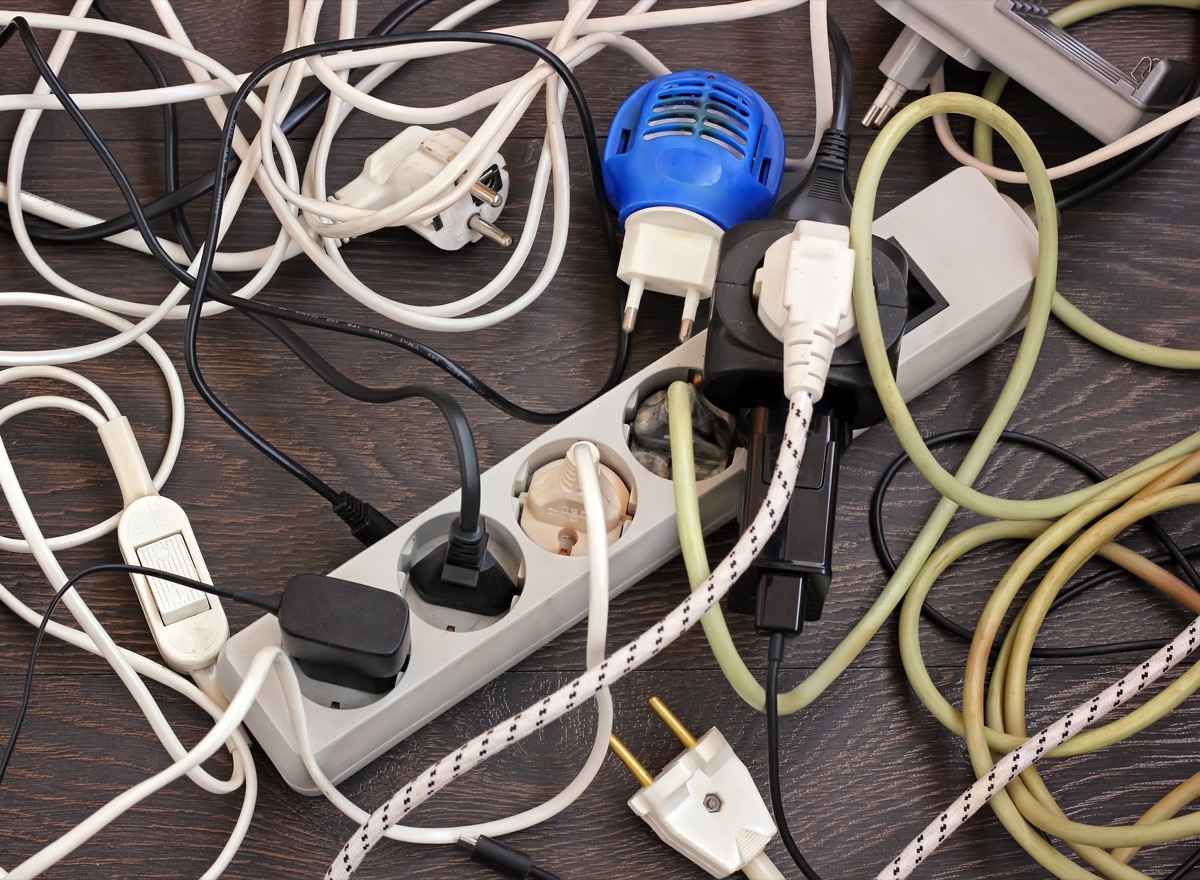
There's one easy way to make your home safer in seconds: clear any clutter off your power strips or appliance cords.
"Covering wires can cause the cords to overheat, which could lead to an electrical fire," explains Adrian Faull, director of Fix Electrical Contractors.
14
Using the wrong outlets in your bathrooms
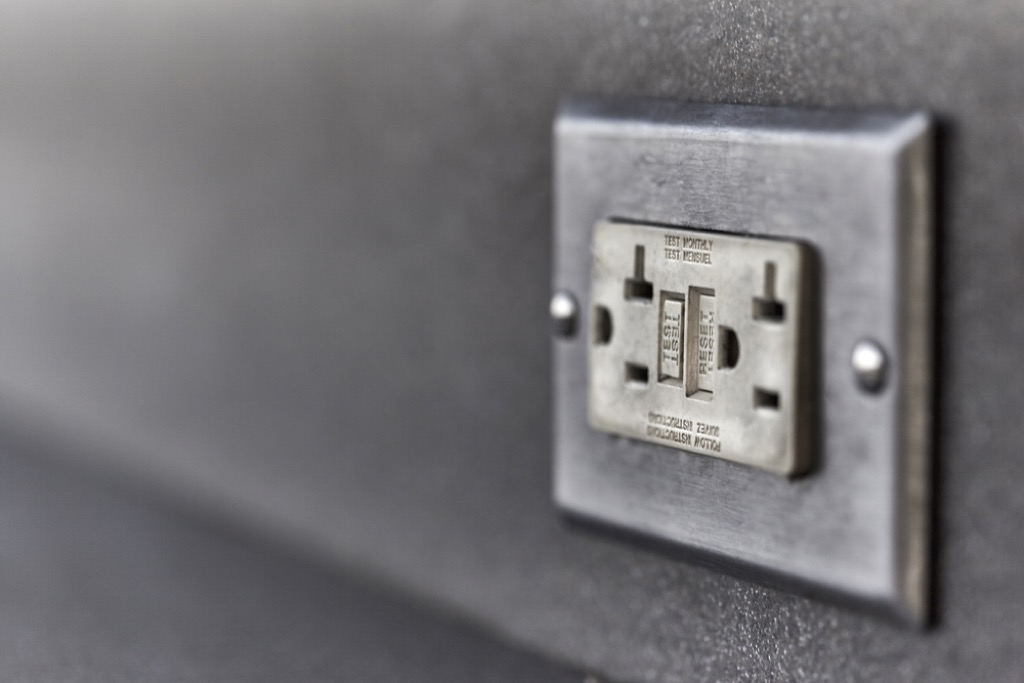
If you don't have the appropriate outlets in all your bathrooms, it's high time you hired an electrician to remedy the situation.
"All outlets in the bathroom should be equipped with ground fault circuit interrupters (GFCI), which can sense when an electric current is improperly grounding and will automatically shut down the power," explains Mark Dawson, chief operating officer of Mister Sparky.
15
Not replacing damaged wires
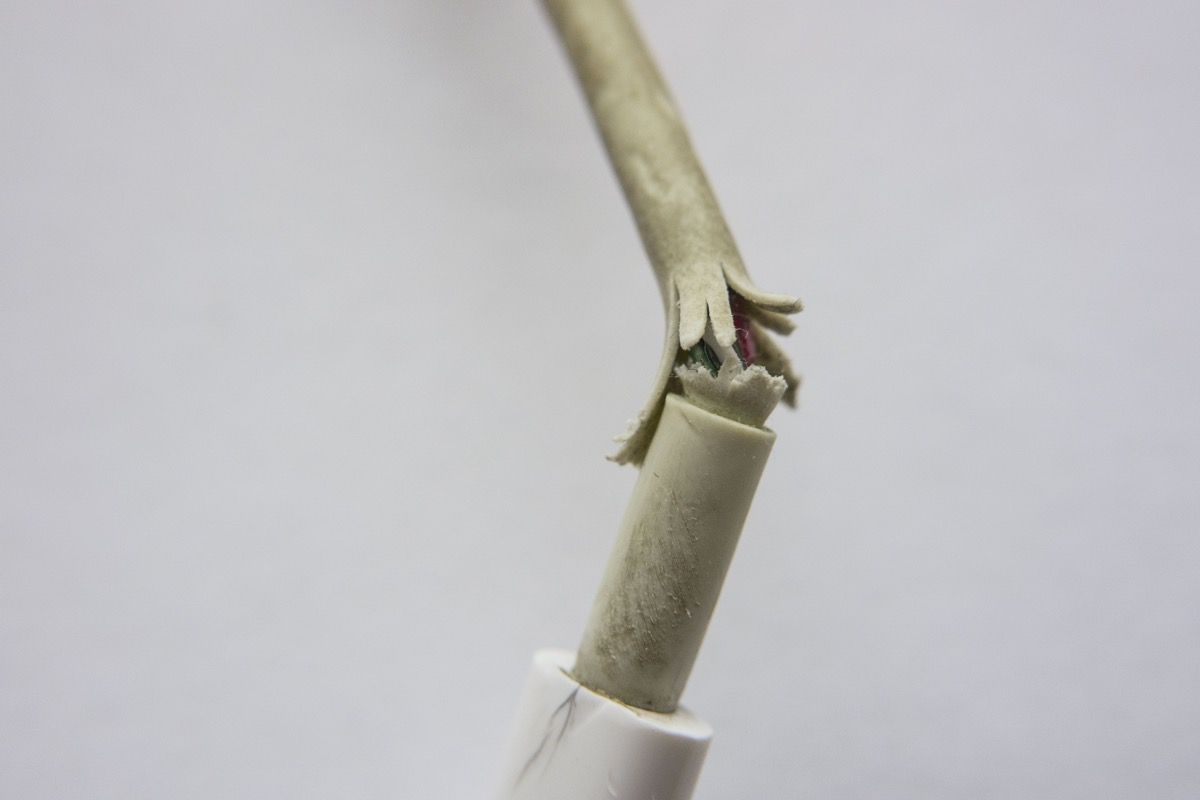
Continuing to use wires or electrical cords that are in an unsatisfactory condition may not seem like the most egregious mistake you can make, but the reality of it is that doing so can be a major safety risk.
Whether it's a wire within your walls or a fraying appliance plug, "If you notice a wire that is worn or damaged, immediately replace it," says Keith Pinkerton, owner of Mr. Electric in Huntsville, Alabama.
16
Ignoring the warning signs of electrical problems
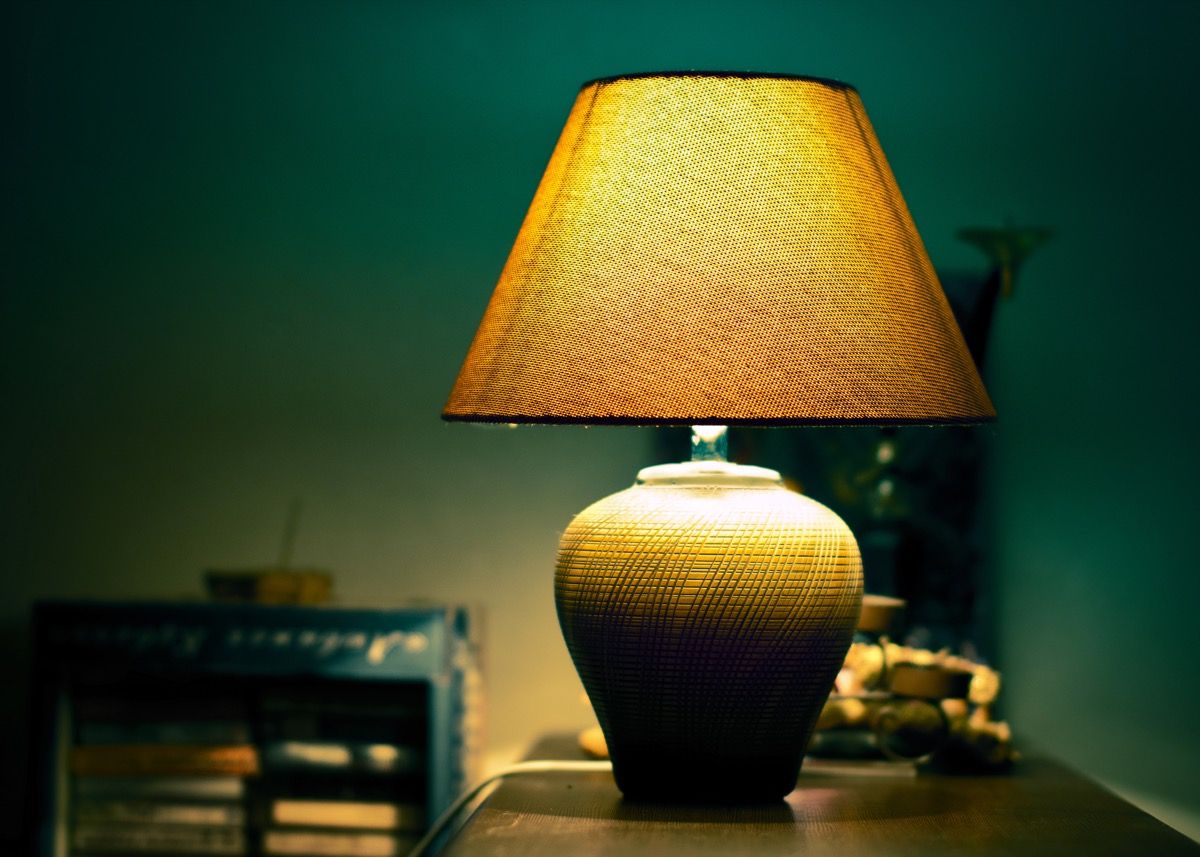
Your home is sending you the signals—which, according to Brianne Deerwester of the Electrical Safety Foundation International, include "frequent tripping of circuit breakers or blowing of fuses, dimming of lights when other devices are turned on, buzzing sounds from switches or outlets, discolored outlets, and appliances that seem underpowered"—why aren't you doing anything to address them?
17
Attempting to DIY electrical repairs
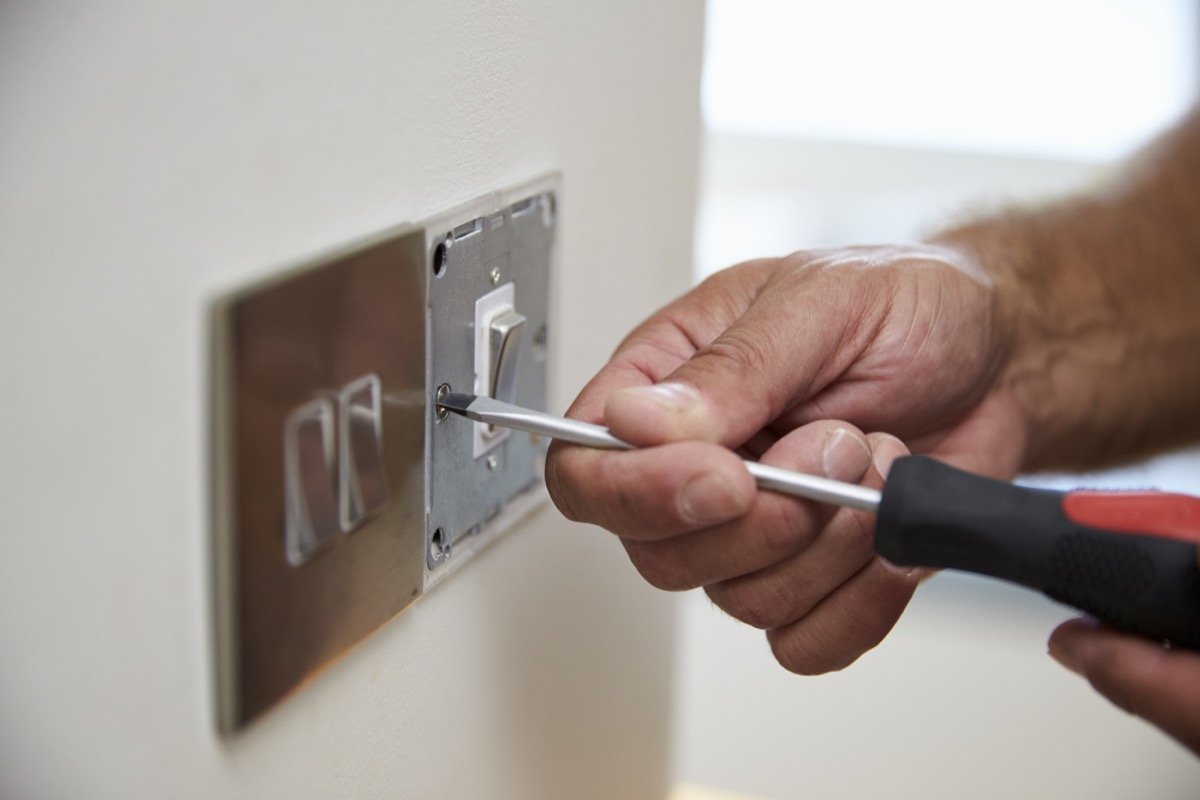
Electrical work can cost a pretty penny, and you are the type of person that likes to do things for themself, but when it comes to the safety of you, your family, and your home, sometimes you've got to leave it to the professionals.
"As much as you would like to think you can fix your own problems, when it comes to something that could damage you for life, call a professional," says Walter.



